Table of Contents

Figuring out how to check your website traffic is super important if you run a site and want to boost your online presence. Whether you're a small business owner, blogger, or just curious, knowing where your visitors come from and what they do on your site can help you improve website metrics. In this guide, we'll go over the basics of checking website traffic with some of the best tools out there.
This blog is split into two sections: the first covers how to check your own website traffic, and the second shows you how to measure your competitor's traffic.
Why Check Website Traffic?
Before we dive into the tools, let's quickly talk about why you should care about website traffic. Essentially, website traffic gives you valuable insights into your audience. You’ll know:
- Who is visiting your site
- What content they are interested in
- Where they are coming from
- How they are interacting with your site
- How to see competitor website traffic
Knowing this info helps you customize your content, make the user experience better, and even increase sales if you have an e-commerce site.
The Basics of Website Traffic
Website traffic refers to the number of visitors who land on your site. There are different types of traffic such as:
- Direct Traffic: Visitors who type your URL directly into their browser.
- Referral Traffic: Visitors who come from other sites that link to yours.
- Organic Traffic: Visitors who find your site through search engines like Google.
- Social Traffic: Visitors who come from social media platforms.
- Paid Traffic: Visitors who come from paid advertisements.
How to Measure Your Own Website Traffic
Now let's talk tools. These are some of the best website traffic analysis tools to help you check your site's performance.
Google Analytics
Google Analytics is perhaps the most popular tool out there for tracking website traffic. It’s free and offers a lot of data.
How to Check Website Traffic on Google Analytics:
- Set Up Your Account: Sign up for Google Analytics and add your website as a property.
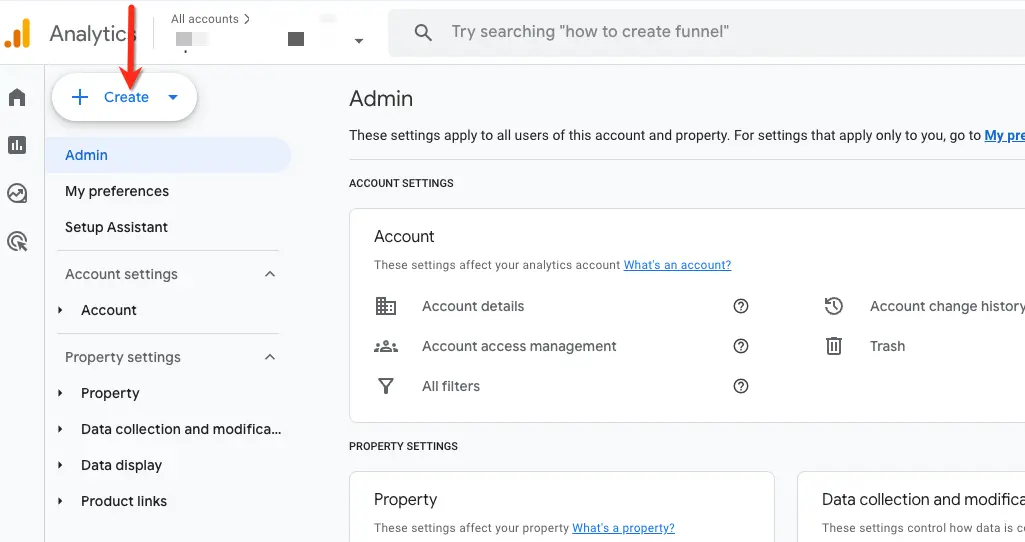
- Install Tracking Code: Google will provide you with a tracking code. You need to add this to your website’s HTML. This step confirms that you actually own the website. It’s like a verification process.
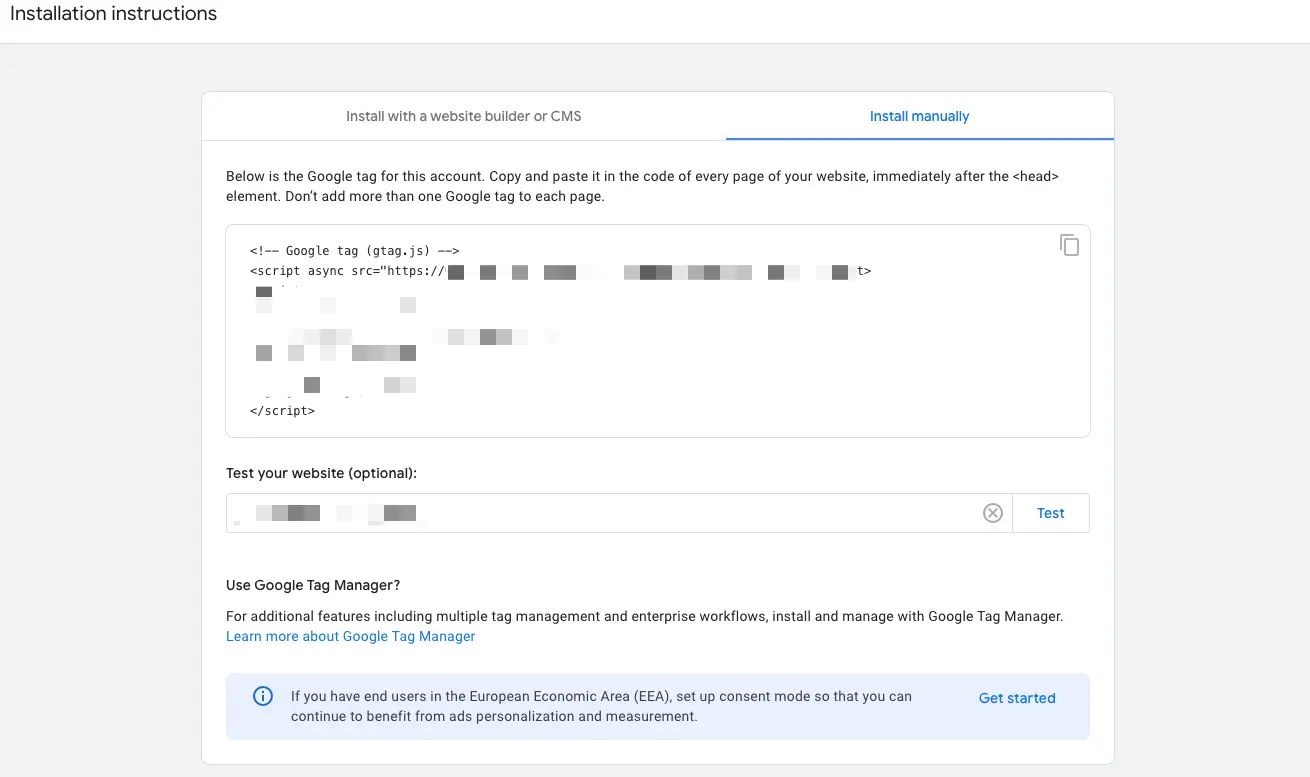
- Explore Your Dashboard: Once set up, you can access the Google Analytics dashboard to see real-time traffic, user behavior, and more.
If you prefer watching a video tutorial on how to install and setup Google Analytics 4, check out the Youtube below:
How many cups of coffee needed? ☕️☕️ cups of coffee
Hotjar
Hotjar is unique because it focuses on user behavior rather than just numbers. It provides heatmaps, session recordings, and feedback polls. Hotjar also lets you see where a website's traffic is coming from.
How to Track Who Visits Your Website:
- Create an Account: Sign up on Hotjar’s website.
- Install Tracking Code: Like Google Analytics, you’ll get a code to add to your site.
- View Heatmaps: Access your dashboard to see heatmaps, session recordings, and polls to understand how users interact with your site.
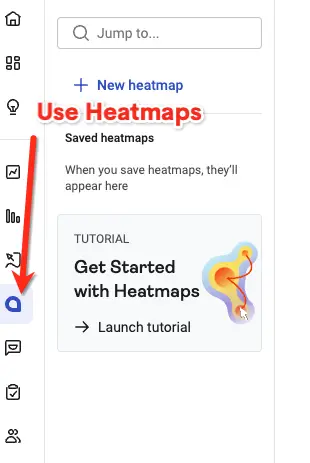
How many cups of coffee needed? ☕️☕️ of coffee
Important: Filter Your IP Address
One crucial step that many beginners overlook is filtering out your own IP address from your analytics data. Both you and your colleagues visiting your website can skew your traffic data, giving you a false sense of success. Here's how to filter your IP in the main tools:
Google Analytics IP Filtering:
- Go to Admin > Data Streams > Choose your stream
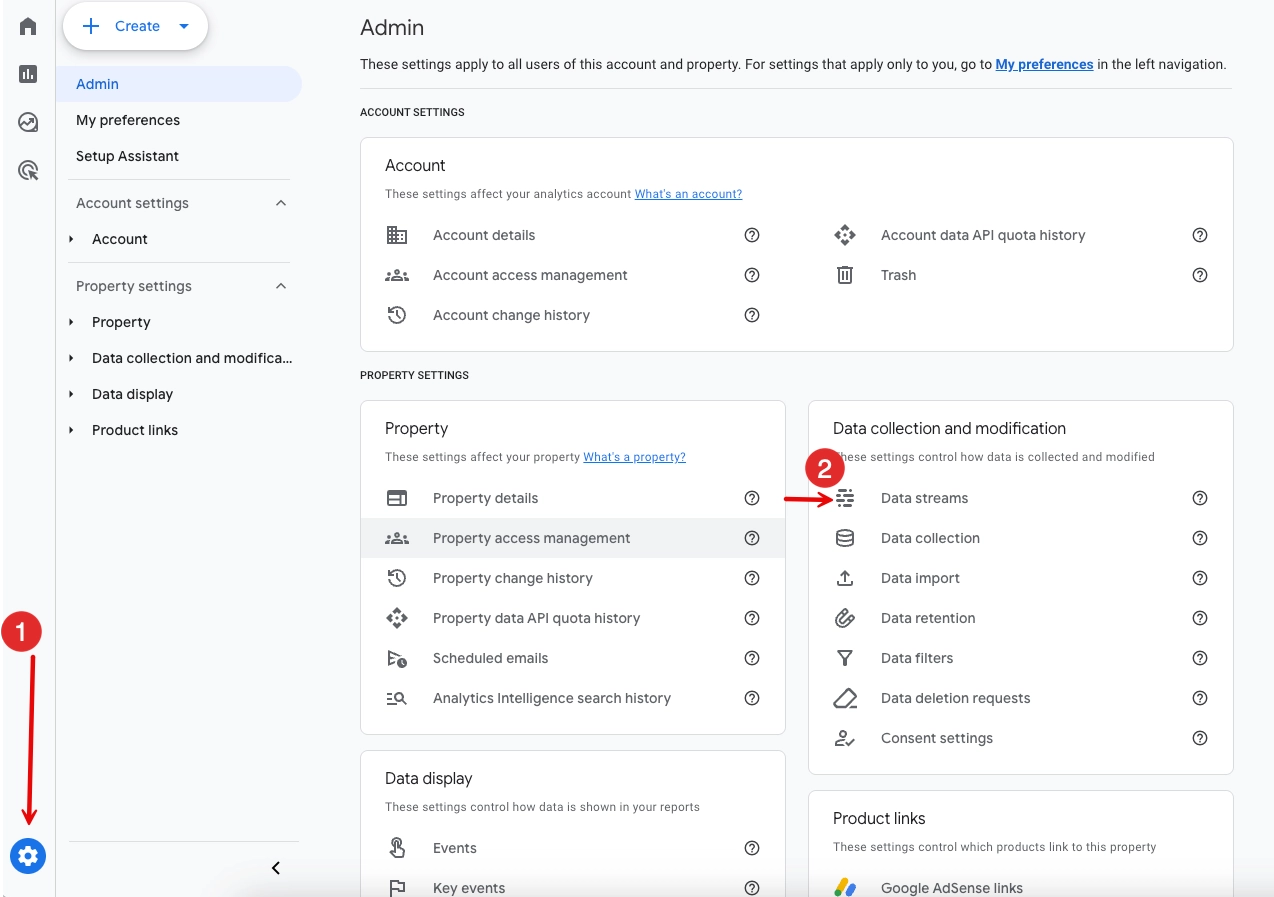
- Click on "Configure tag settings”
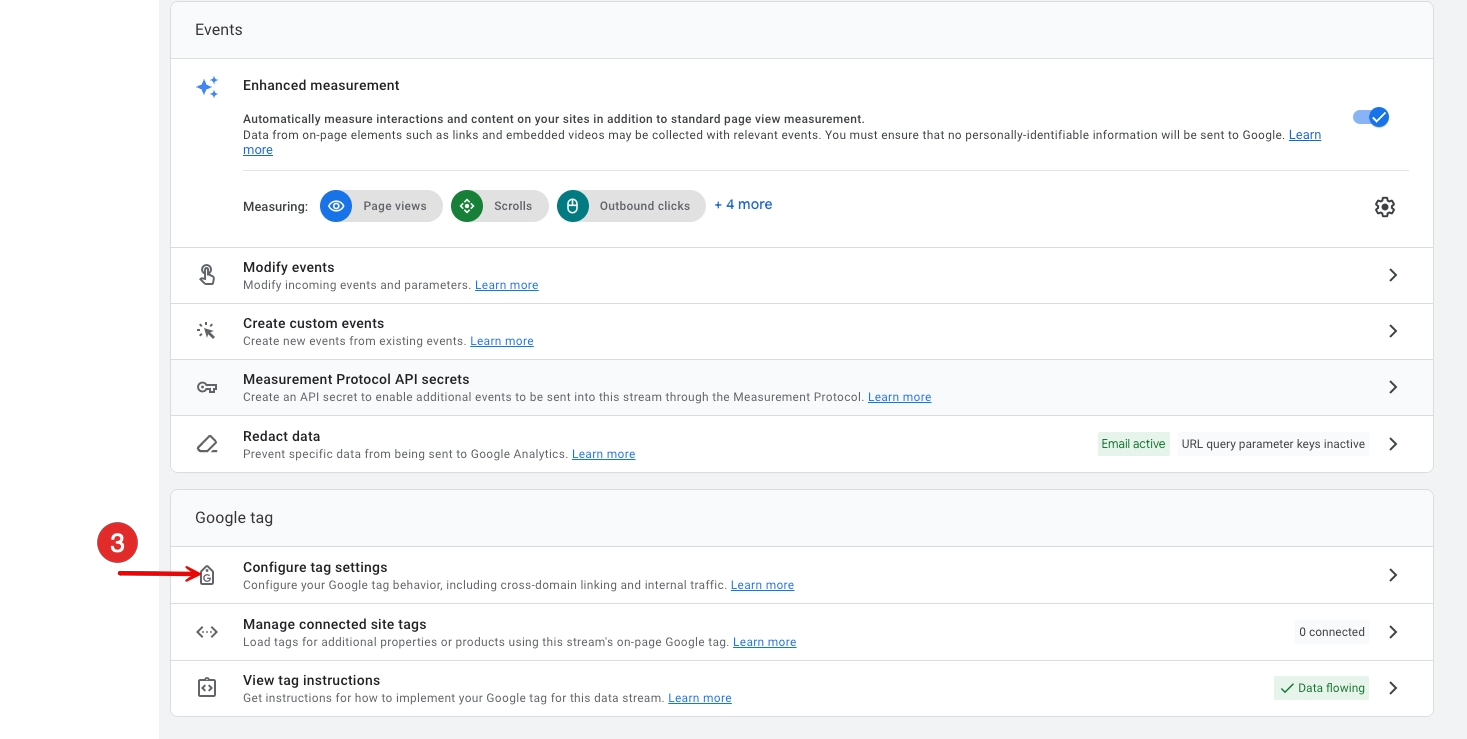
- Under "Define internal traffic", add your IP address
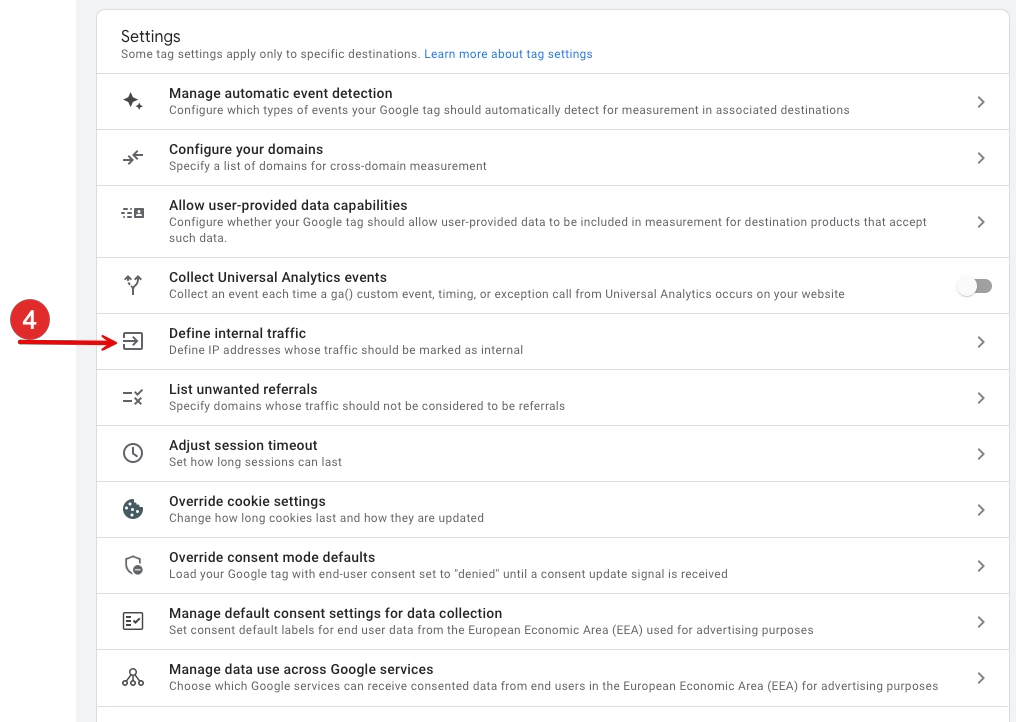
Hotjar IP Filtering:
- Go to Settings > Sites & Organizations
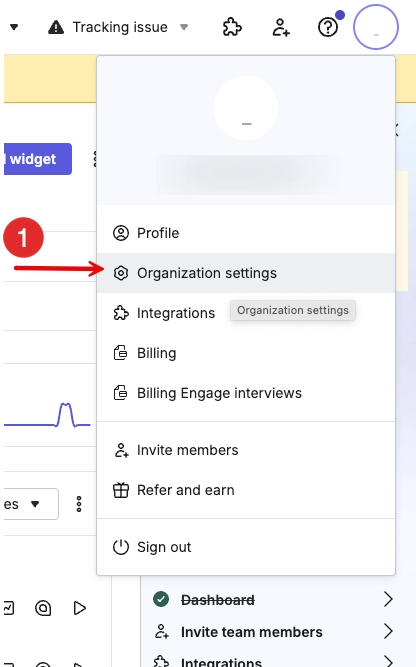
- Select your site
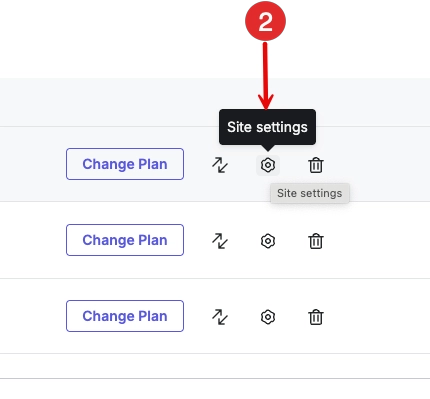
- Under "IP Filtering", add your IP address

Your IP address might change if you're not on a static IP, so check periodically to ensure your filters are still accurate.
How to Check Competitors Website Traffic
Here are some tools to help you track your competitor's website. Just remember, these tools have their limits and might not be 100% accurate. They're more like estimates and give you one piece of the puzzle.
Ahrefs
Ahrefs is another powerful tool but it’s more geared towards SEO professionals. It helps you understand how your site ranks in search engines.
Ahrefs offers a free Website Traffic Checker: You can see search traffic estimates for any website or webpage. It's a helpful resource for getting an overview of your competitors' website traffic.
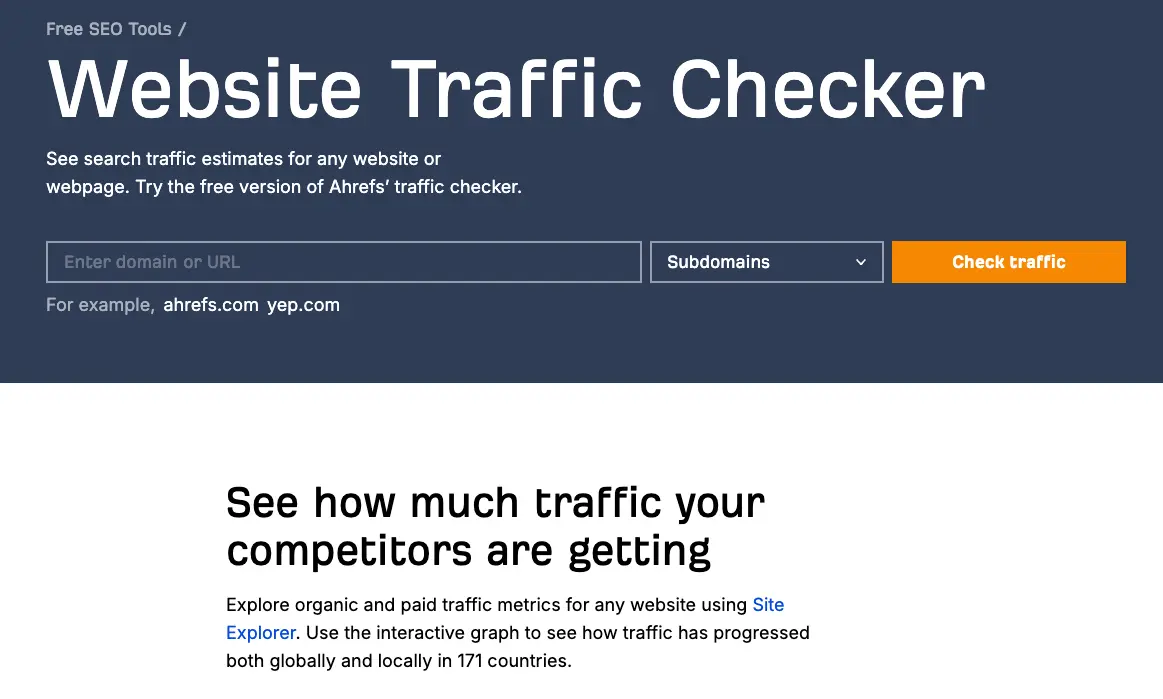
How to Track Competitors' Website Traffic (paid version):
- Sign Up for Ahrefs: Get a subscription plan that fits your needs.
- Enter Competitor URL: Use the "Site Explorer" feature to enter your competitor’s URL.
- Analyze Data: Ahrefs will show you various metrics like organic traffic, backlinks, and top pages.
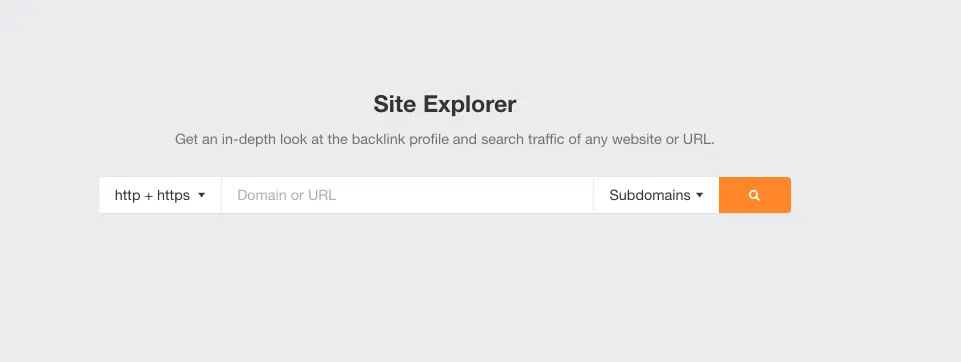
If you want to learn more about Ahrefs SEO tool and pricing check out the blog here. How many cups of coffee needed? ☕️ cup of coffee
Ubersuggest
Ubersuggest is a great all-in-one tool for keyword research, content ideas, and competitive analysis.
How to See Competitor Website Traffic (paid version):
- Sign Up for Ubersuggest: Choose a suitable plan.
- Enter URL of the website
- Review Data: Ubersuggest will provide you with traffic estimates, top pages, and keyword rankings.
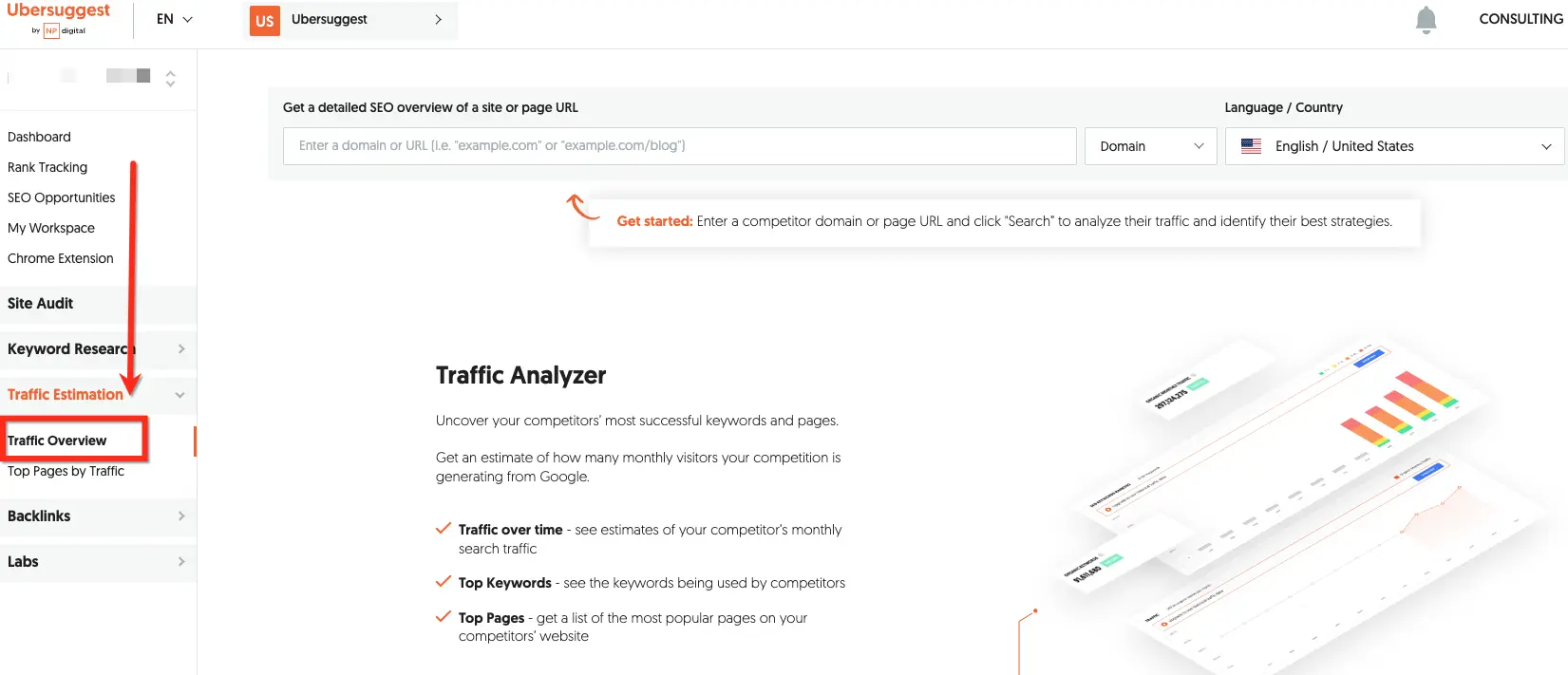
Want to know more about Ubersuggest and how to use it? Check out the blog here. How many cups of coffee needed? ☕️ cup of coffee
Similarweb
Similarweb gives you a complete picture of website performance by showing insights on traffic, user engagement, and marketing channels. So if you are wondering how to find traffic source of a website, Similarweb is a great starting point.

How to Compare Competitor Website Traffic:
- Use free website traffic tool: The free tool is available here.
- Enter URL: Use the search bar to enter your competitor’s website.
- Analyze Metrics: Similarweb will show you traffic sources, engagement metrics, and audience demographics etc.
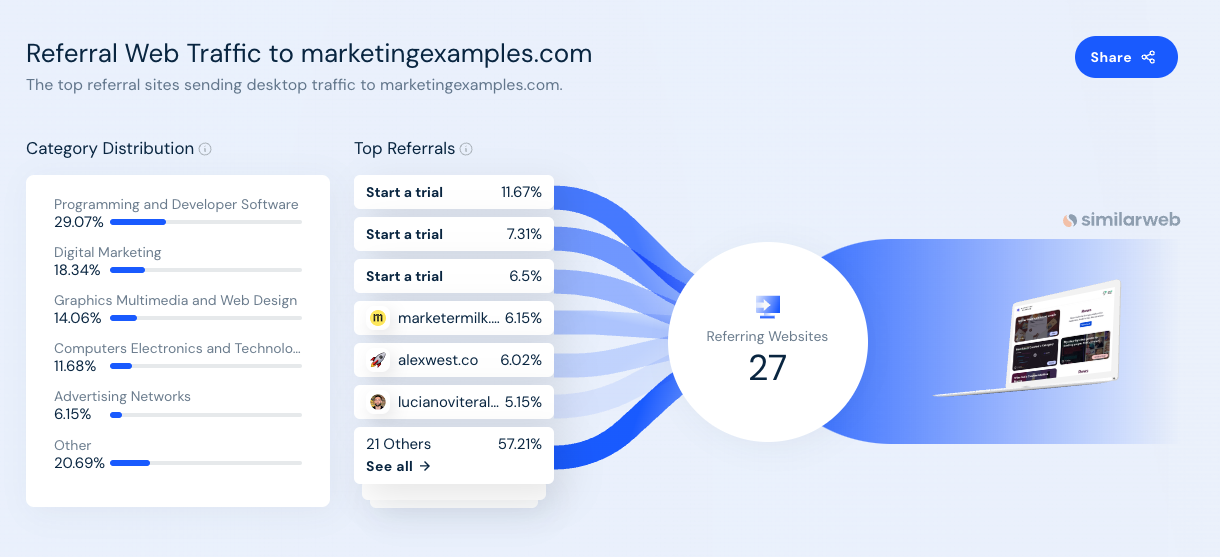
How many cups of coffee needed? ☕️ cup of coffee
Benefits of Using These Tools
Using these tools, you can:
- Identify Traffic Sources: Know exactly where your traffic is coming from.
- Improve User Experience: Track who visits your website. Understand what users like and don't like about your site.
- Boost SEO: Identify keywords and backlinks to improve your search engine ranking.
- Understand Competitors: See what’s working for your competitors and adapt your strategy.
The Dangers of Vanity Metrics
Even with all the tools mentioned in this blog, watch out for vanity metrics 🧐. Vanity metrics are numbers that look impressive on the surface but don’t necessarily impact your business’s main goals. These include things like:
- The number of 'likes' on a post
- The number of website visitors
- Or followers on social media
While they can make you feel good and give an impression of success 🥳, they don't always translate to meaningful results like sales, customer retention, or overall growth. They can be super misleading, especially if you're just starting out. It might be exciting to see a few more clicks on your website and a slight bump in impressions, but that's just one piece of the puzzle. Focus on metrics that actually matter in the long run, like conversion rates, customer acquisition costs, and revenue.
My Last Thoughts
Keeping an eye on your website traffic is super important for boosting your site and growing your audience. Tools like Google Analytics, Ahrefs, Hotjar, Ubersuggest, and Similarweb can help you compare traffic between sites, show you where your traffic comes from, how users behave, and what your competitors are up to. Just watch out for vanity metrics—they might look good but don't tell the whole story. Remember, these tools are only as good as the person using them!
FAQ
How to check website views?
To check your website views, the easiest way is to use tools like Google Analytics or similar analytics platforms mentioned in this article. Once you set up the tool, you can log in and go to the “Overview” or “Dashboard” section. This will show you how many people have visited your website over a specific time frame. These tools also let you filter data by day, week, or month, so you can see trends in your traffic. For more advanced tracking, some tools can even break down which pages are getting the most views.
How to analyze website traffic?
Analyzing website traffic is all about understanding who’s visiting your site, where they’re coming from, and what they’re doing when they get there. Tools like Google Analytics, Semrush, or Hotjar can help you dive deeper into this data. You can look at metrics like traffic sources (e.g., direct, organic, or referral), user behavior (e.g., time spent on the site, pages visited), and even the demographics of your audience. With this info, you can identify which content is performing well and which areas of your website might need improvement.